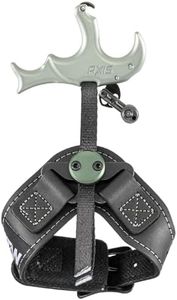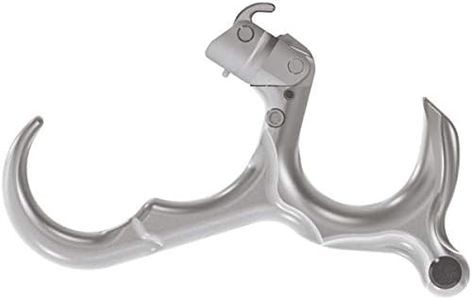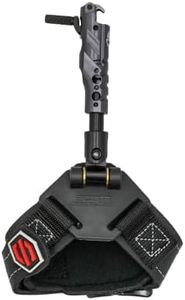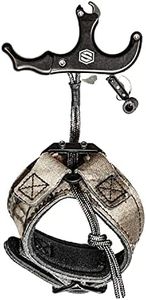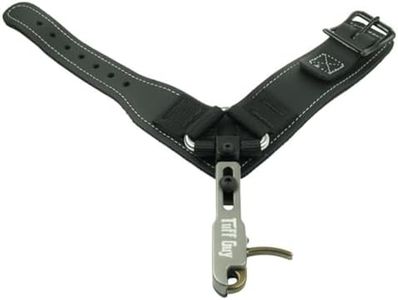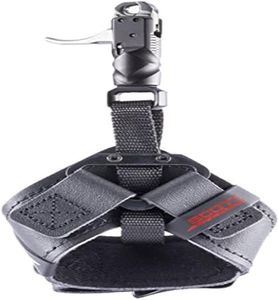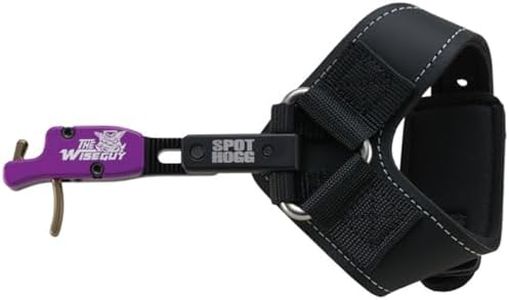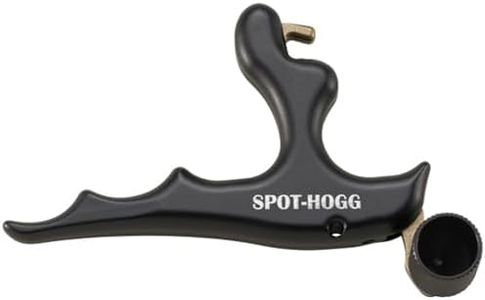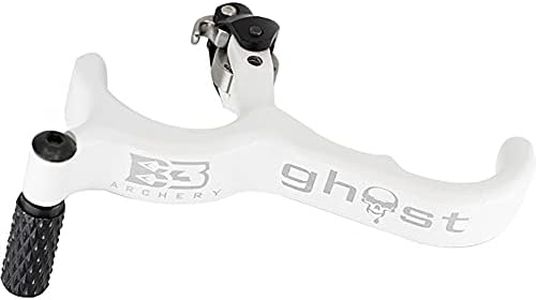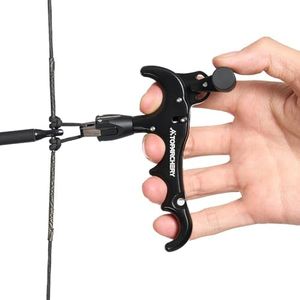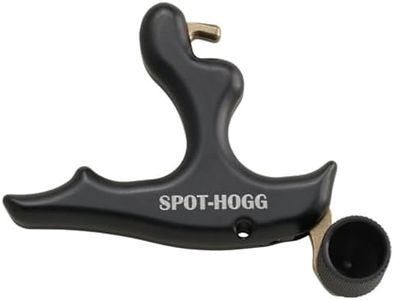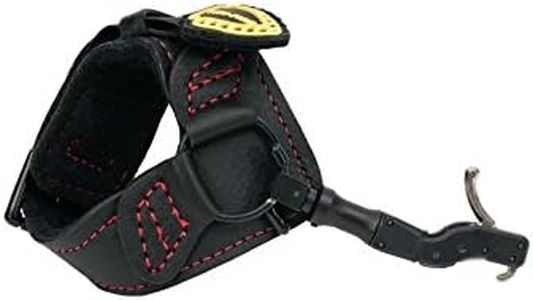We Use CookiesWe use cookies to enhance the security, performance,
functionality and for analytical and promotional activities. By continuing to browse this site you
are agreeing to our privacy policy
10 Best Archery Releases
From leading brands and best sellers available on the web.By clicking on a link to a third party's website, log data is shared with that third party.
Buying Guide for the Best Archery Releases
When choosing an archery release, it’s important to find a tool that matches your shooting style, comfort level, and the kind of archery you'll be doing, whether it's target shooting or hunting. Releases enhance consistency, accuracy, and reduce finger fatigue, especially for people who shoot often or use high-poundage bows. The right release can make your archery experience smoother, more enjoyable, and help improve your accuracy. Getting familiar with certain specifications will help you choose a release that feels right and performs well for your needs.Release TypeThe release type refers to how the device connects to the bowstring and how the shot is triggered. Common types are wrist-strap (caliper, hook, or single/jaw), handheld (thumb, hinge/back tension, or resistance). Wrist-strap releases, often triggered by the index finger, are great for hunters due to quick, quiet operation and a familiar trigger feel. Handheld releases, activated by thumb or movement, offer precise control and are popular with target shooters or those seeking a crisp release. Your shooting discipline, comfort with grip style, and whether you prefer a trigger or tension-activated release should guide your choice.
Trigger MechanismTrigger mechanism means how you actually execute the shot. Most releases are either trigger-based (using index finger or thumb) or tension-activated (where pulling through the shot initiates release). Trigger-based releases give you control over exactly when the release happens, and fit shooters who like a direct feeling. Tension/hinge releases help some archers reduce 'punching' the trigger, teaching a smoother, surprise release. Pick the one that matches your style and helps you shoot more consistently.
AdjustabilityAdjustability involves how much you can customize things like trigger sensitivity, travel, length of the head or strap, or handle fit. More adjustability allows you to fine-tune the release to fit your hand size, finger position, and shooting preferences. If you like tailoring equipment or have specific comfort needs, look for releases with a high degree of adjustment. If you prefer a simpler setup, a less adjustable release might suit you fine.
Attachment StyleAttachment style is about how the release stays connected to you. Wrist-strap releases wrap around the wrist, leaving both hands free, while handheld styles are held or clipped into place as needed. Wrist-strap models provide security and are less likely to be dropped or lost, making them practical for hunting. Handheld releases offer more freedom in hand positioning but require more mindfulness, as they aren’t tied to you. Consider what’s comfortable and practical given how you’ll be shooting and moving.
Jaw TypeJaw type refers to the part of the release that grips the string or loop. Some releases have a single jaw, some have double jaws, and others use a hook design. A double-jaw grips both sides of the loop or string, offering a secure hold; single-jaw or hook releases are quicker and often simpler, which can be good for fast setups in the field. The decision comes down to your preference for speed, simplicity, and how securely you want the release to grip the string.
Build Quality and ComfortBuild quality and comfort mean how robust the release is, and how it feels during long sessions. Look for releases with smooth edges, quality straps or handles, and mechanisms that work without sticking or roughness. Comfort is key for accuracy—if a release creates hot spots or discomfort, you might flinch or rush shots. Test the fit if possible, and choose something that feels durable and easy to use for long periods.
